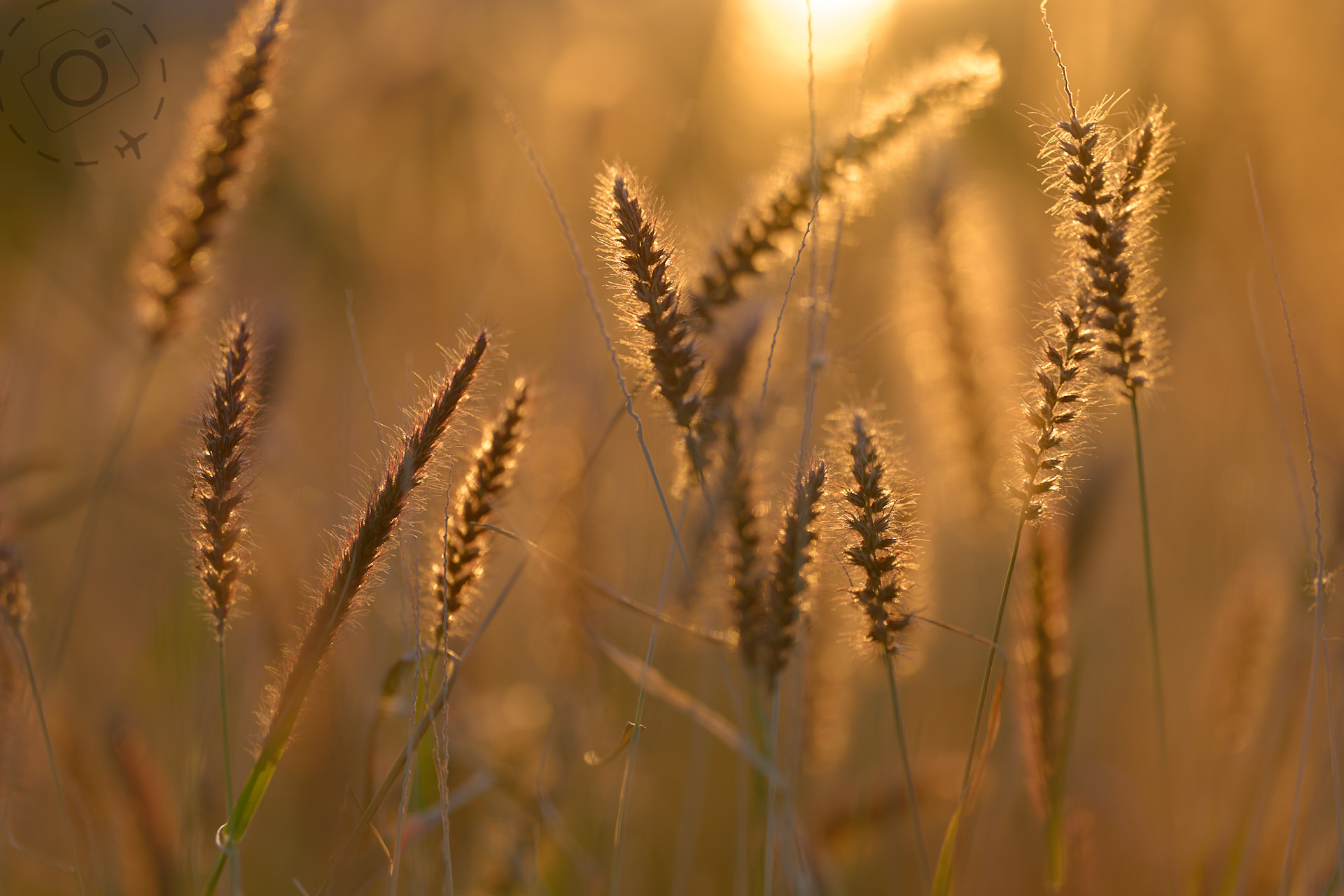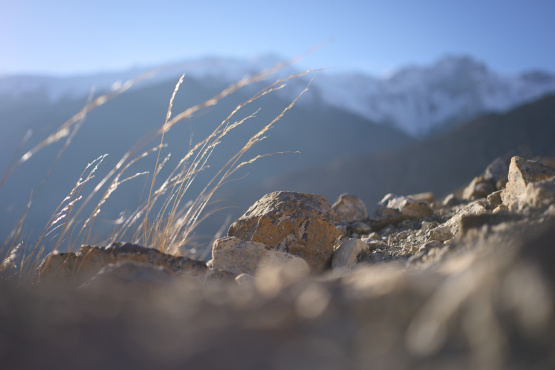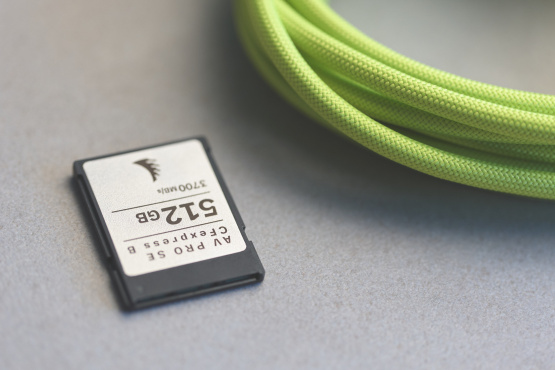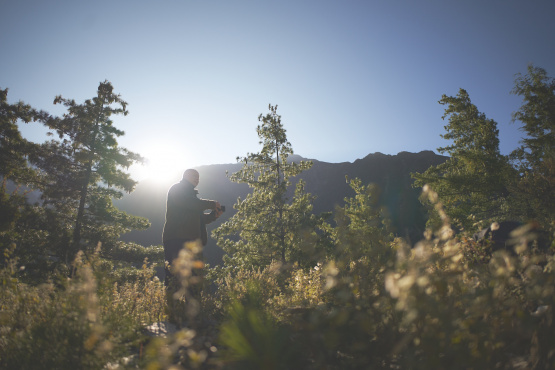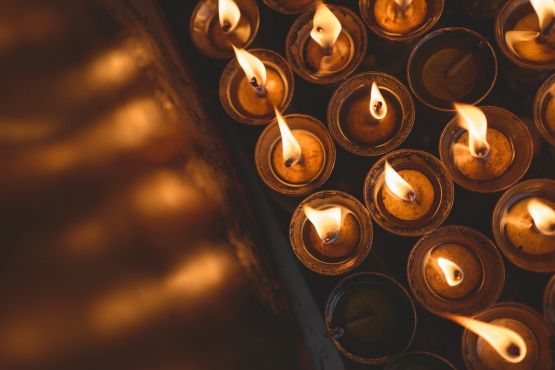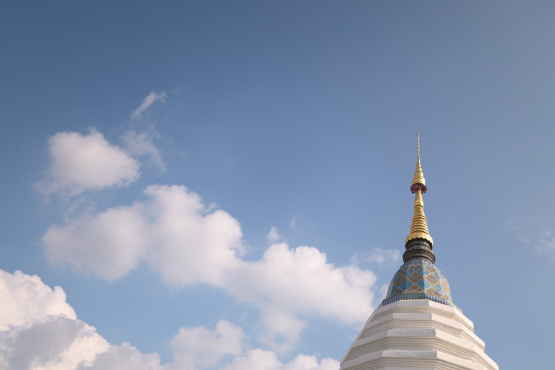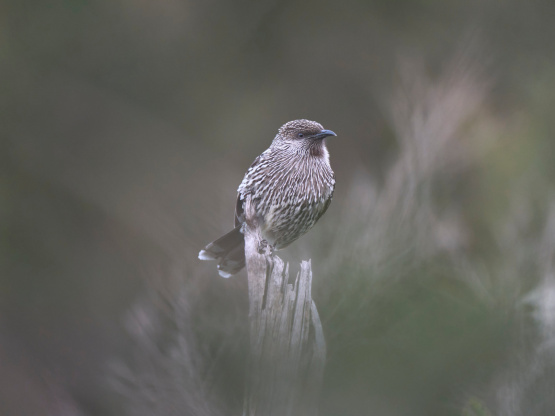
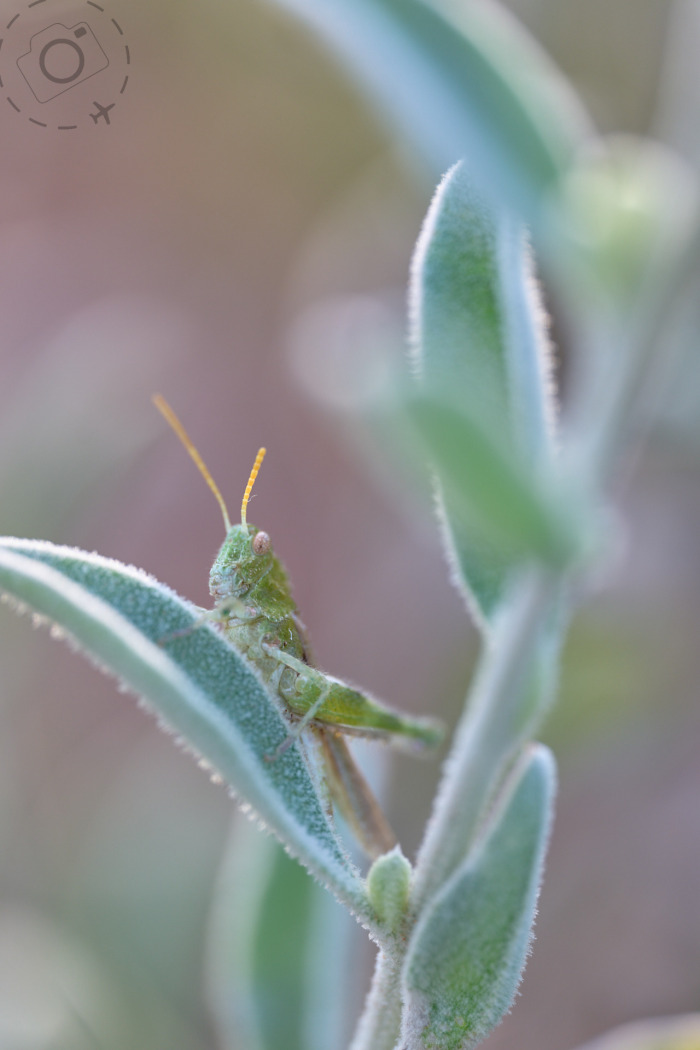
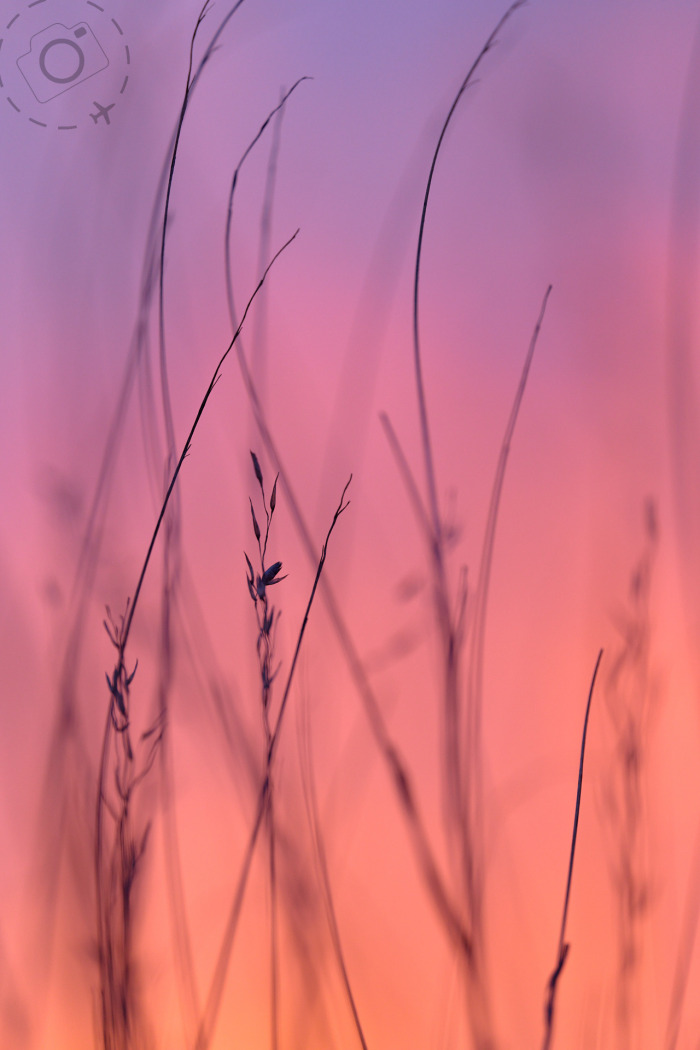
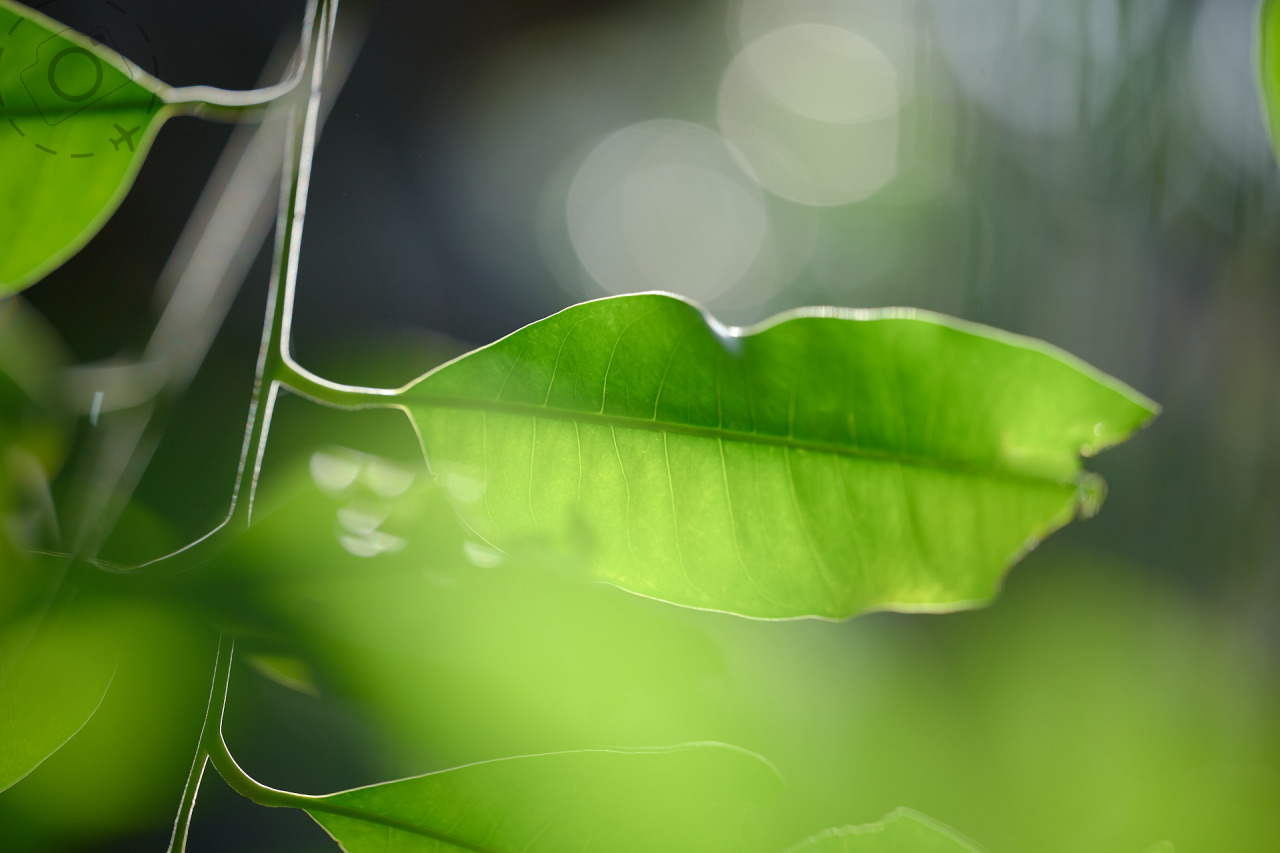
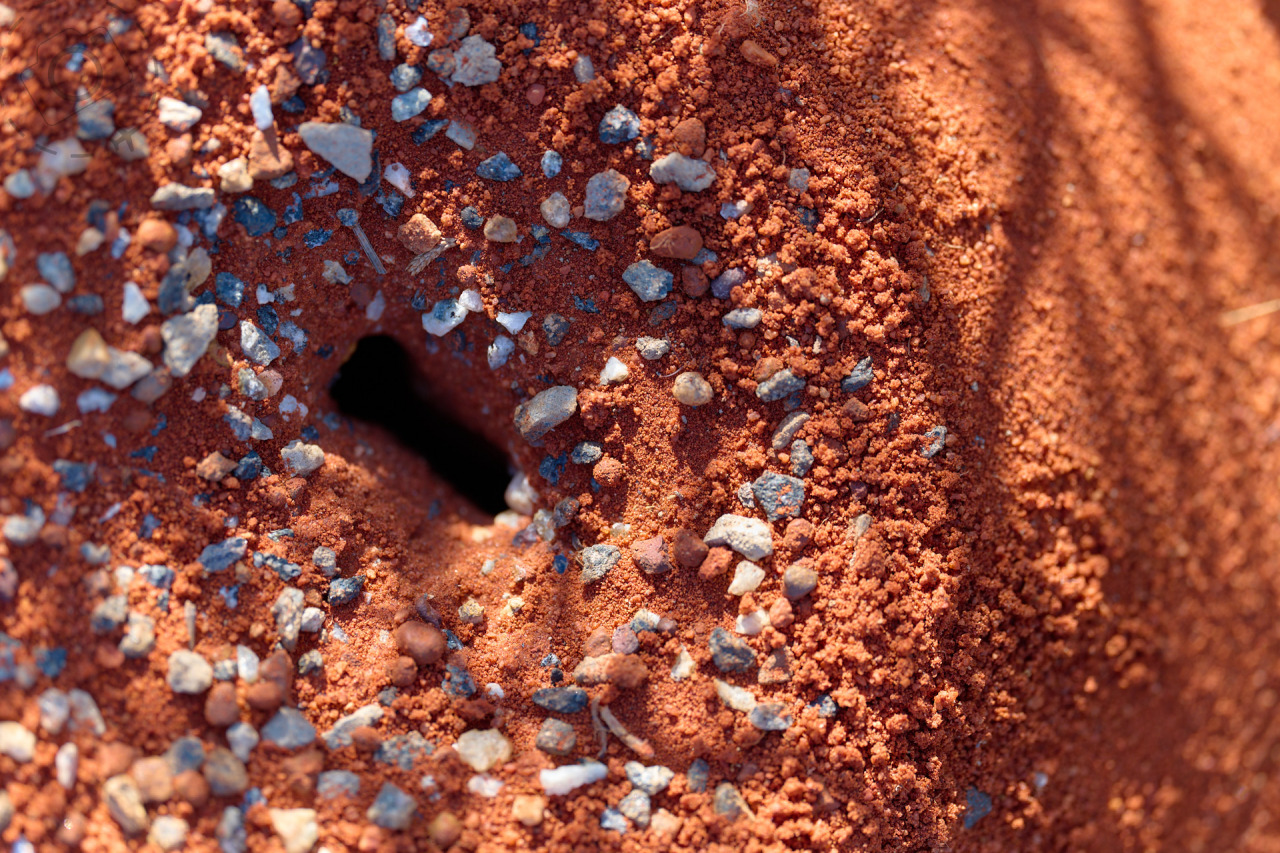
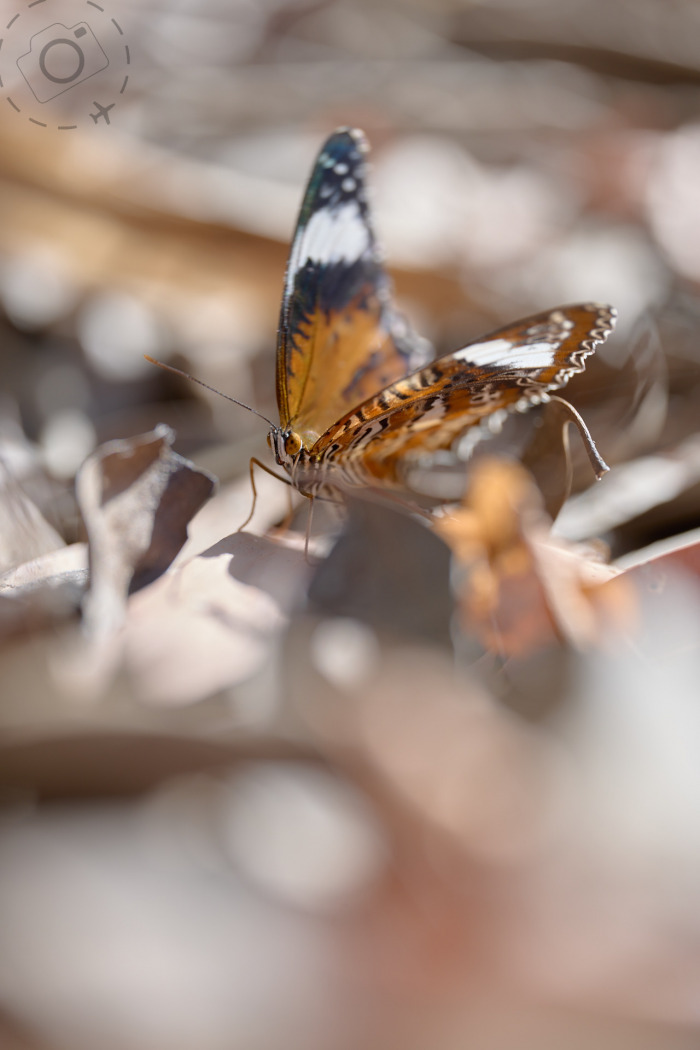
I started hanging out with landscape photographers a long time ago, folks who owned tripods and filters and other stuff. I liked shooting with them because they do everything so so slowly. I'll admit sometimes too slowly for my tastes, but that's the point really. Slowing down was an excellent influence. Taking time to fully explore the composition of a scene is how you end up with better photos. Not everyone has to photograph at a geological pace, but it's a valid starting point.
My macro style doesn't involve tripods, but does involve slowing down. It begins with picking a lovely bit of Aussie wilderness to take a walk, but then allowing yourself a few hours and very little walking. If you're covering 3kms of trail in less than an hour then you're wasting your hour. Slow down. Macro photography is difficult and demands patience.
Just identifying a subject is tricky at times, but then everything changes once you start looking though the lens. You see things up close that you didn't see from 5ft above. Maybe the light emphasizes details you didn't expect. Maybe the petals on a flower turn out to have six colours instead of one. Maybe the leaves on a succulent are covered in macroscopic hairs you didn't even know existed.
Very slight movements of your camera can lead to very different compositions when shooting macro. This means you mess up a lot of shots simply by breathing! I use the continuous burst to capture a series of images, between 5 and 10 for each scene, knowing that I'll delete most of them and might still miss that critical focus on my subject. But I like composing with extremely narrow depth of field. I like the bokeh that blooms behind a flower where sunlight bounces off shiny leaves.
Complexity takes effort and take time. When you just wanna get a shot of a bee and you're wrestling with the technical challenge of macro lenses and a moving subject, it can feel like a huge win to nail one or two shots in focus. But I want more than identifying a species, I want a little art in the mix. I want to create something beautiful and layered and unique. Photography is art for me, and so is macro photography. My most satisfying compositions are rich in depth, layers, and light. Complexity is something I lean into rather than shying away from. There's a tendency in macro to simplify a scene, because we're usually shooting very very tight. I'm looking for complexity however, even at the macro level, however odd that might seem at first.
In order to chase complexity and depth, you need to slow down. You need to spend more time shooting fewer scenes.
I can see the difference on walks where I'm at the back of the group and just soaking up the moment, while a few others have raced on ahead to "see everything". And those who slow down to join me are typically rewarded with unexpected treasures. When we give ourselves permission to slow down, and let go of seeing and doing and shooting *everything*, we start to tune into the things that give us joy. And that is a very very good starting point for doing your very best photography.
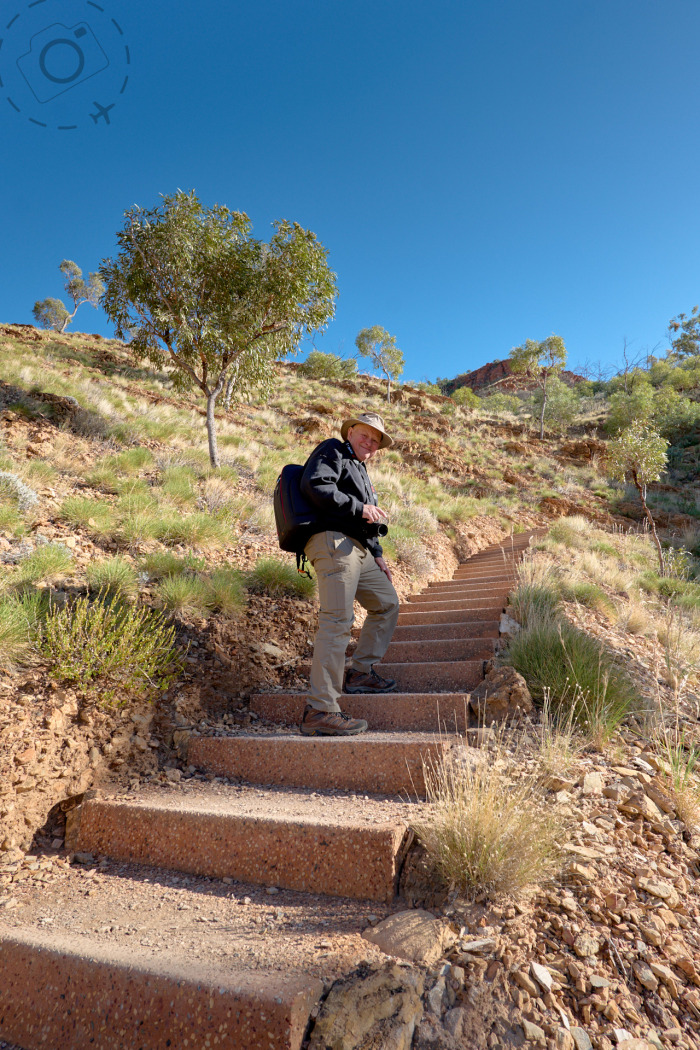
(A good walk at Ormiston Gorge made better with Bob and a macro lens!)
Removing the rush means you start to see the little things. A brisk walking pace is a terrible way to experience a landscape, at any scale. At the macro scale you risk missing the most treasured of things. You don’t see the diversity of desert flowers, you won’t notice the grasshopper sitting quietly on a rock, or the quick dash of a dragon in search of lunch. There’s a world of drama taking place down there, we just have to slow down enough to notice it.
Macro lenses are not always the ideal tools for wildlife of course. Flowers and leaves are easier subjects to compose, as they mostly move only with the breeze. Skinks and lizards have a tendency to get nervous about a honking great lens pushed into their faces. Remarkably though, I’ve always managed to find a few that decide to hold their ground instead of running. Perhaps they’re just very convinced about the effectiveness of their camouflage. Butterflies and grasshopper are very similar. Most won’t stay around for the shoot, but every now and then one does and that’s the one you’ll see all over my website and social media!
The fauna may not always slow down for your lens, but it’s important that you do. Someone recently commented on a social media post and used the word ‘paper-thin exploration’ to describe a small collection of my macro shots. It’s exactly the right phrase. Paper-thin depth of field, paper-thin desiccated leaves, and paper-thin wings of a butterfly. All explored through the perspective of a 105mm macro lens.
I remember vividly a recent visit to Ormiston Gorge, in Tjoritja NP west of Alice Springs, with a plan to do nothing more than explore. I had no intention of taking a swim in the water hole, or hiking a section of the Larapinta Trail. I had already decided I would spend a few hours covering a patch of gorge that most people could walk in just 30 minutes. Good photography is slow photography.
With a macro lens in hand an otherwise gentle stroll through the terrain turns into a detailed, immersive and mindful exploration. The frontier is right in right of you, and it’s very very small. The heroes of a shot are also very small. Shooting 105mm macro at F2.8 means my depth of field is also very very small – Paper-thin perhaps. The elements of bokeh in the foreground are often very small as well. Most importantly though, the time required to step into that miniature world and seek out moments of composition is very very large.
Slow. It. Down.
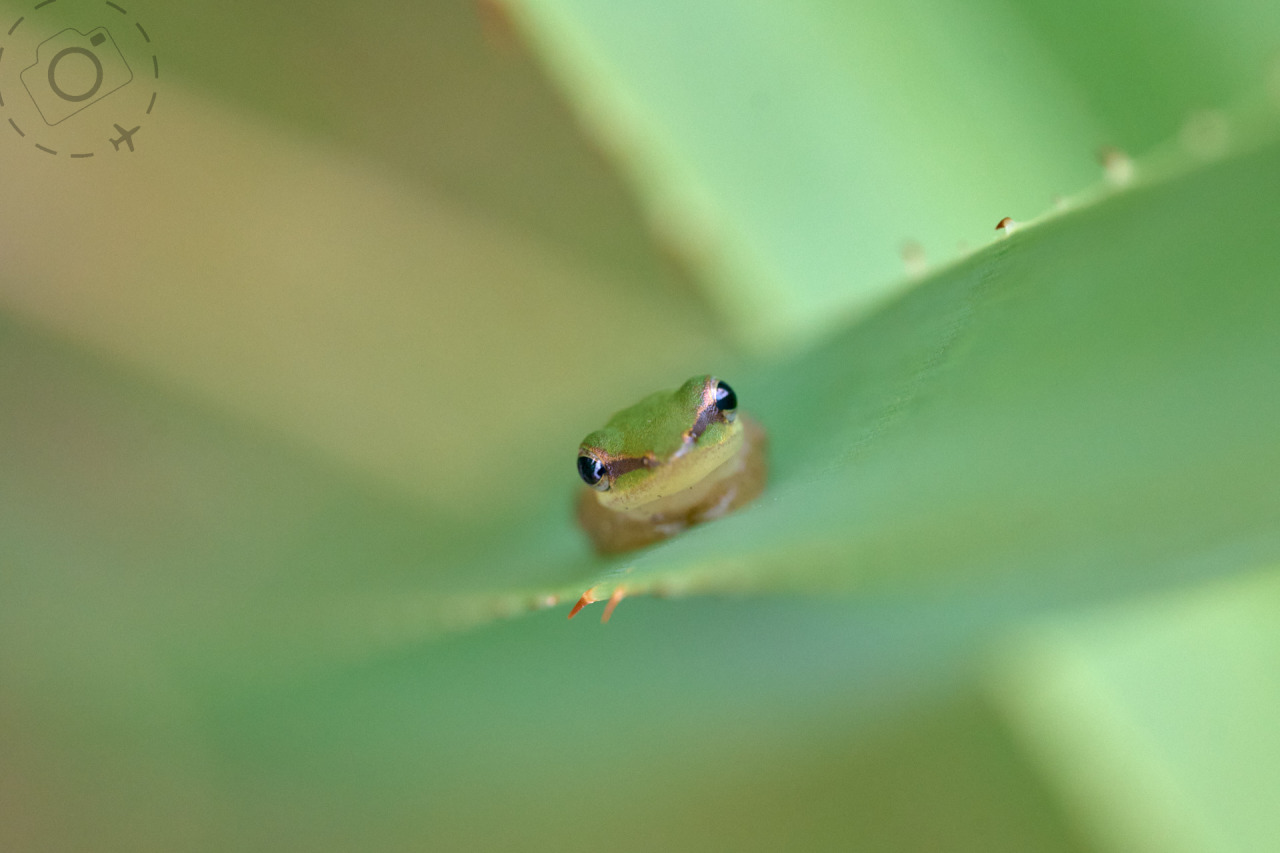
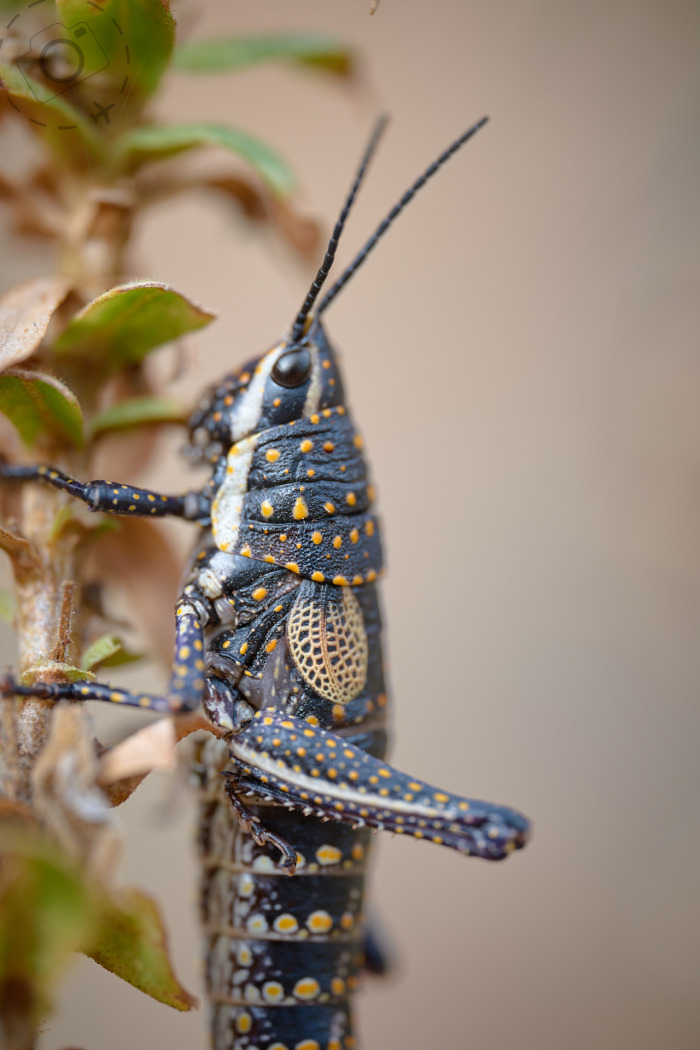


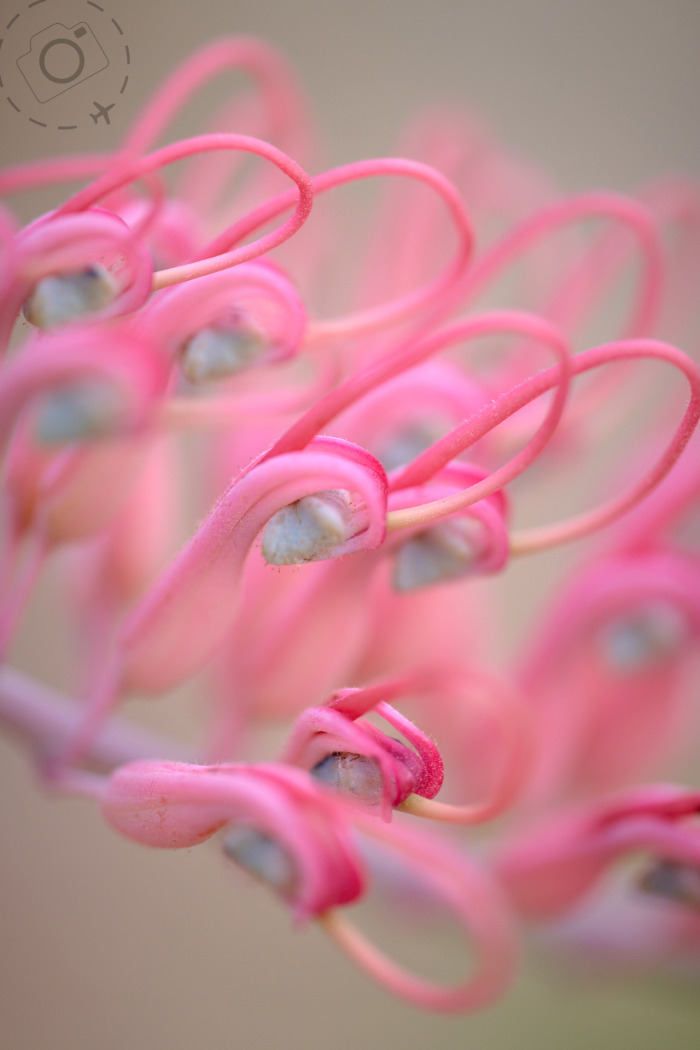
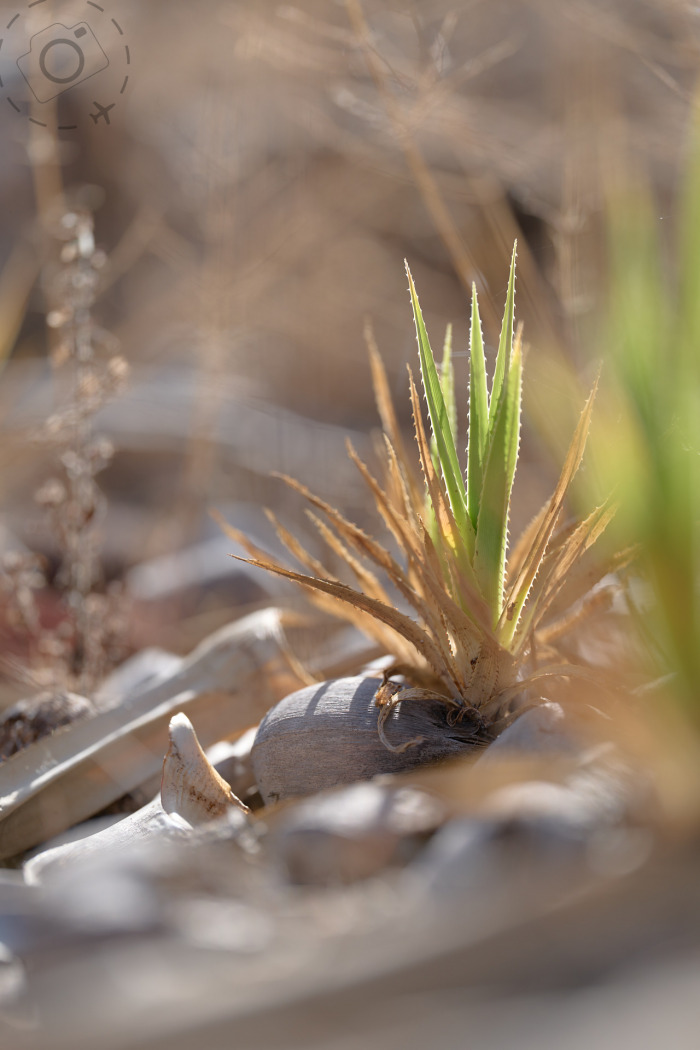

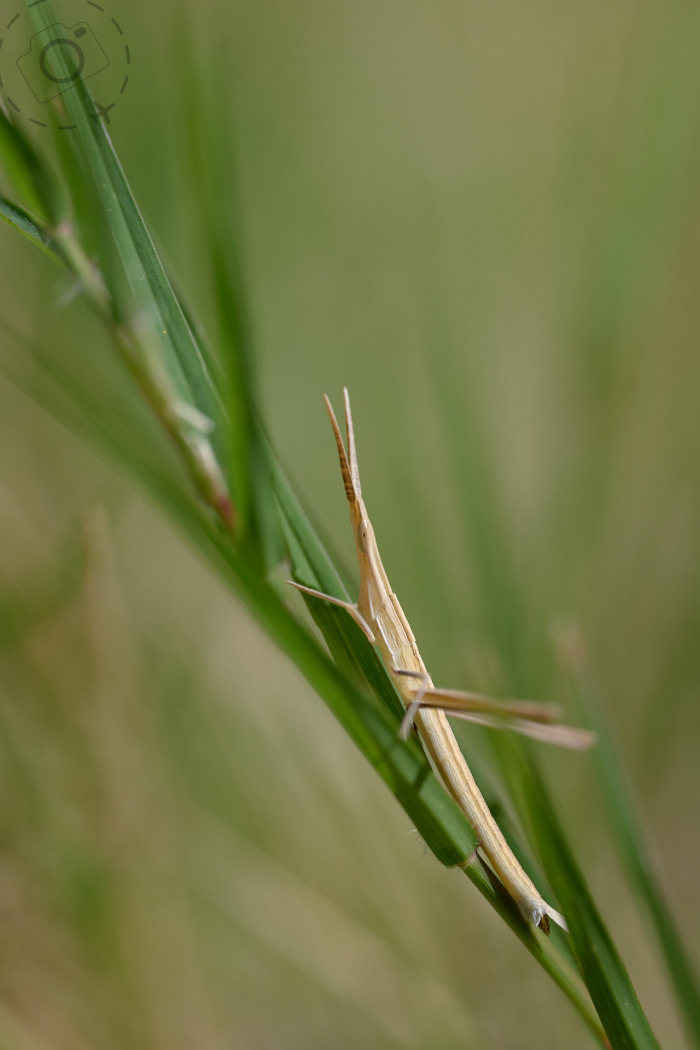
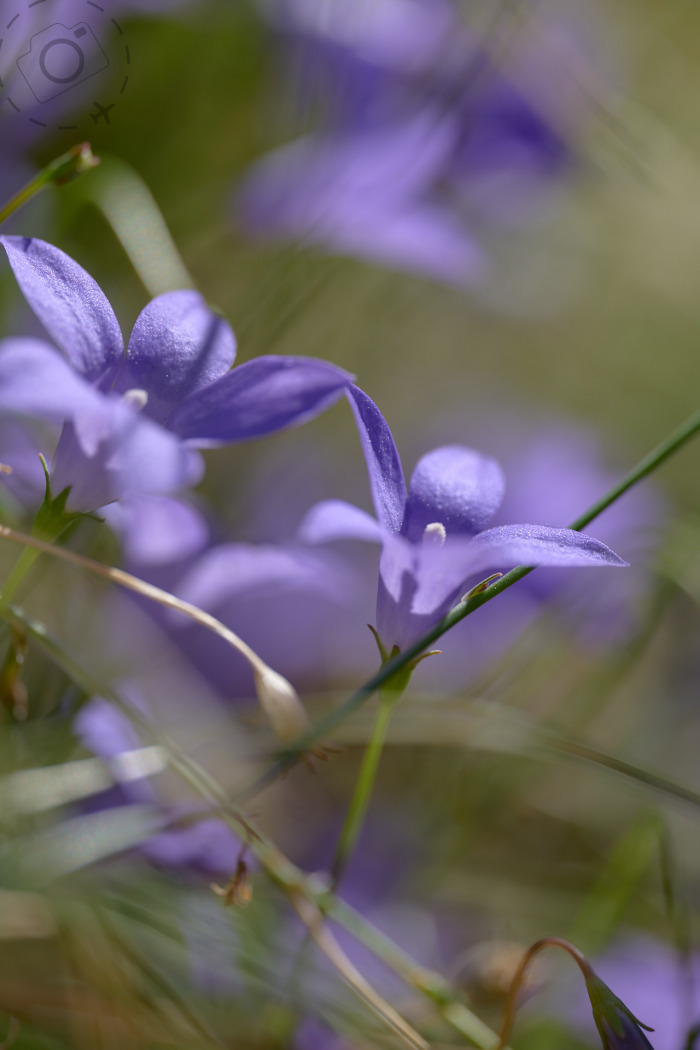
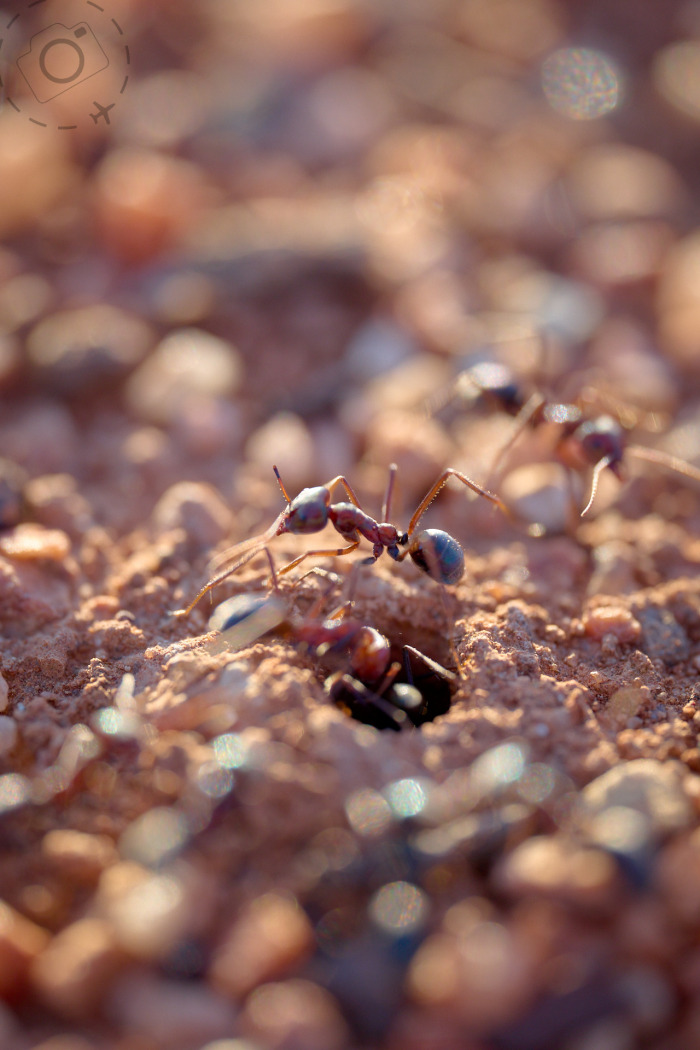



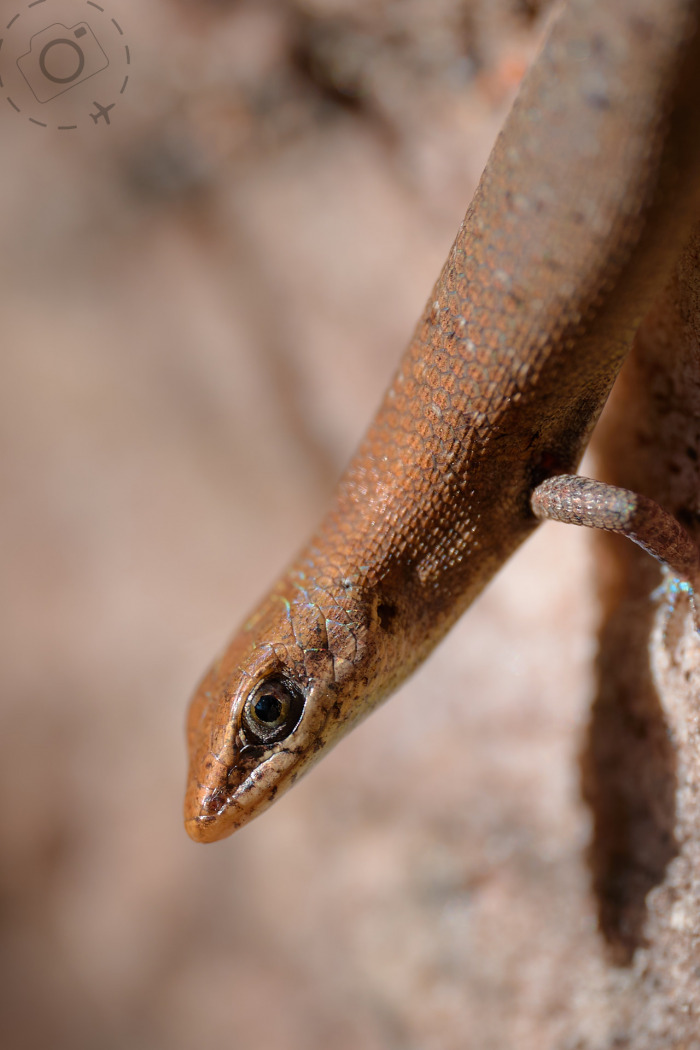




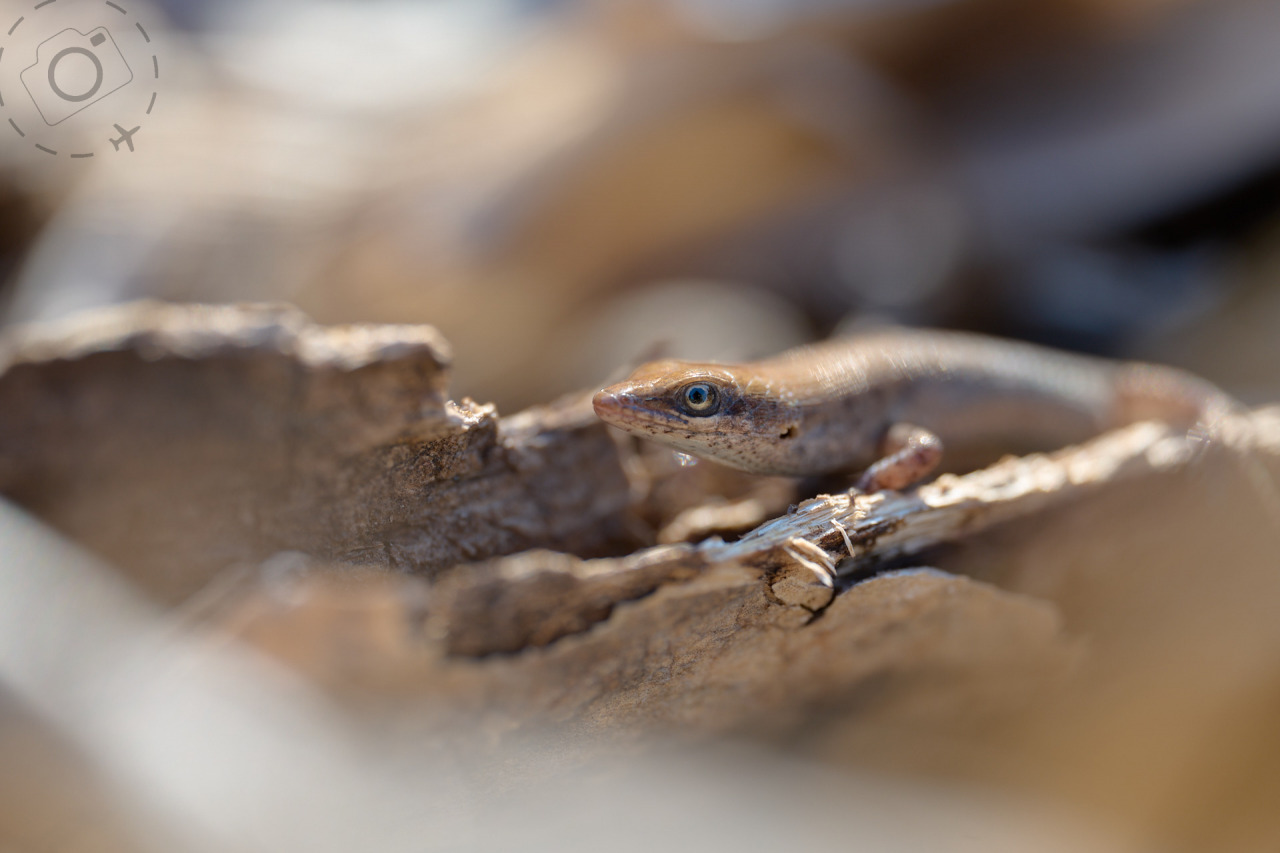
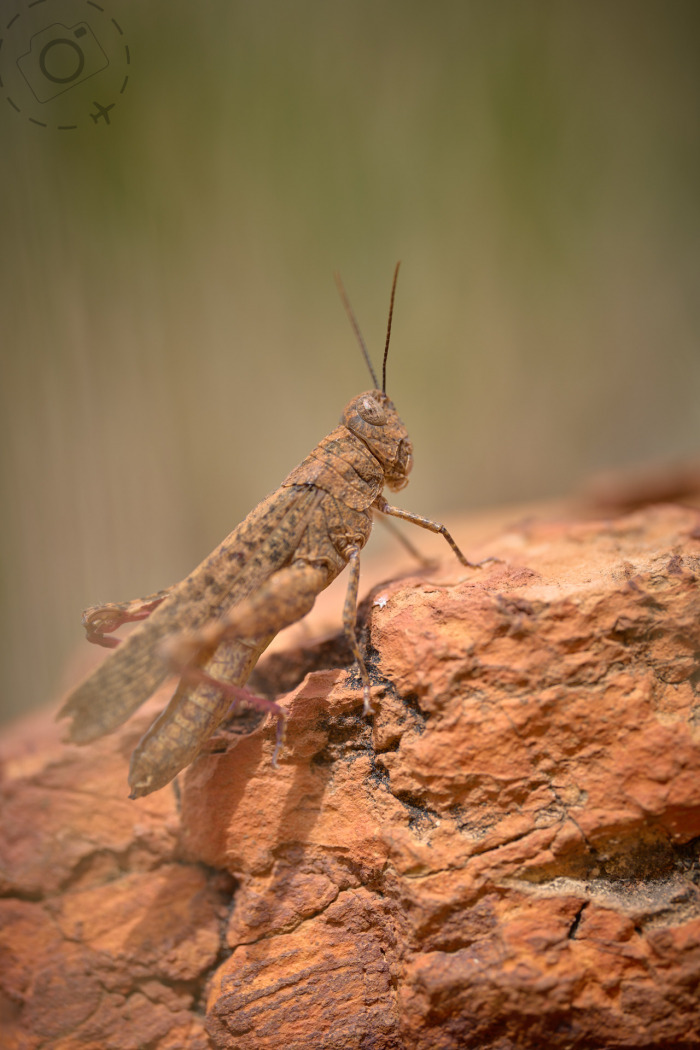
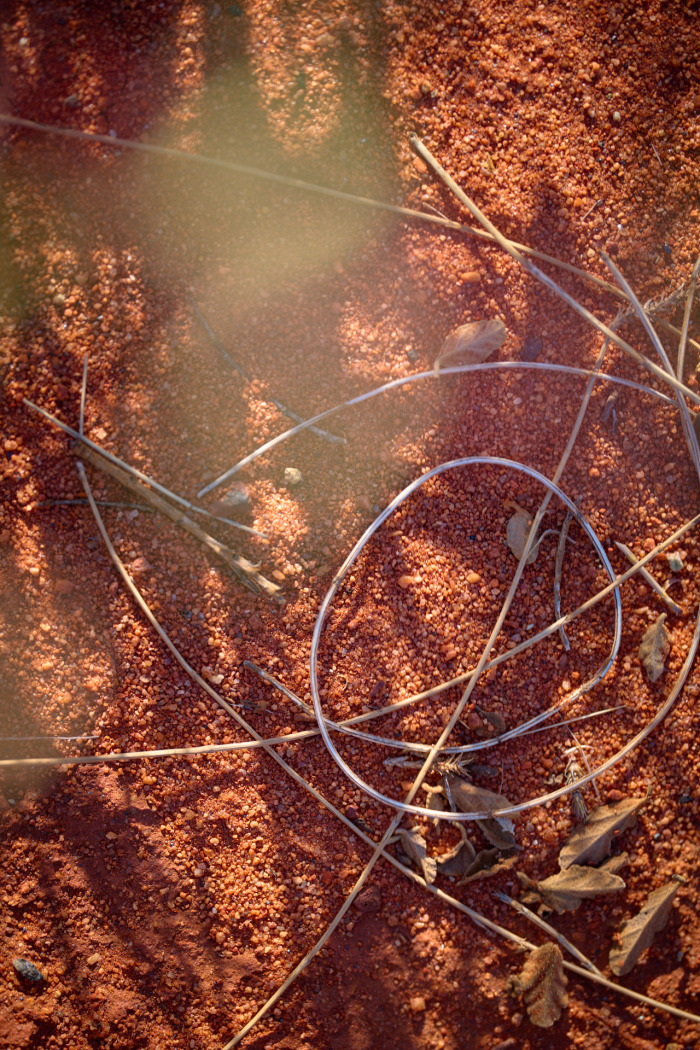
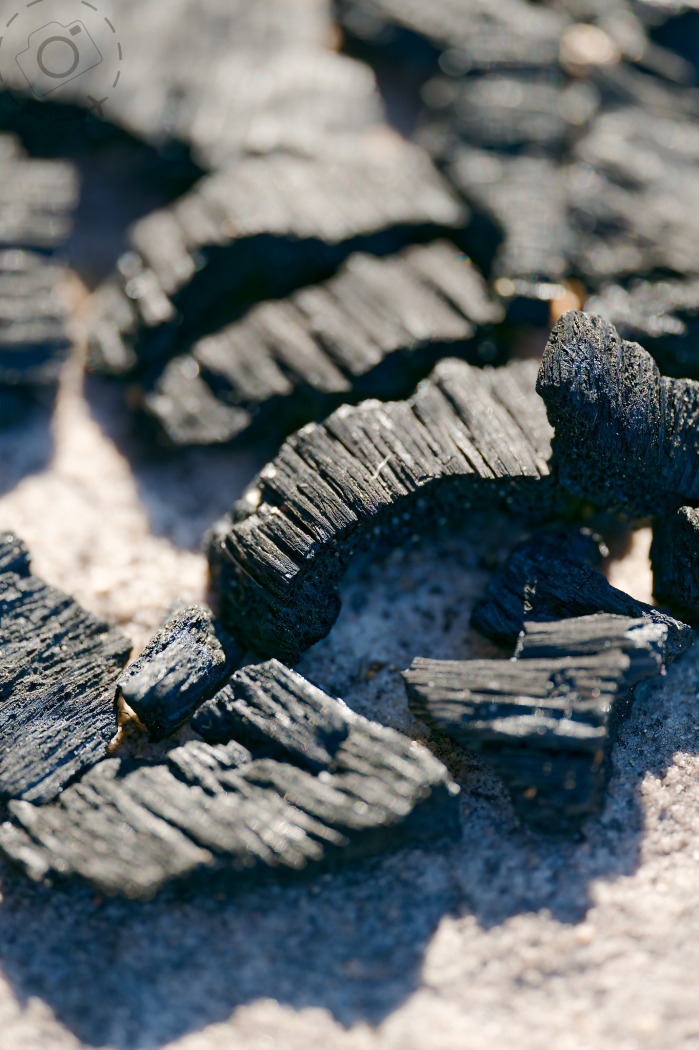
These images were shot with the Sigma 105mm F2.8 DG DN lens for L-Mount on the Lumix S5. The same macro is also available for the Sony E mount. You can see my detailed review of that lens here:
https://ewenbell.com/blog/Sigma_105mm_F2.8_DG_DN_Macro_Art

Keep Reading
Join Ewen's newsletter for monthly updates on new photography articles and tour offers...Subscribe Here

